Ten days in Guatemala
For the past few years my life has centered around Nice and Paris, with the occasional hop over to England to see family and New York to teach a class and visit friends. I can hardly find reason for complaint, but having always been a traveller – and with whole continents left to explore – I was starting to get itchy feet. Guatemala, where one of my oldest friends has lived on and off since the 1970s, seemed the perfect destination to satisfy my thirst for adventure.
Not everyone around me agreed. A member of my family who shall remain unnamed sent me an alarming travel advisory about this country:
“Guatemala has one of the highest violent crime rates in Latin America with around 40 murders a week in Guatemala City alone and a total of 98 per week in the whole country. Although the majority of serious crime involves local gangs, incidents are usually indiscriminate and can also occur in tourist areas.”
When it comes to PR Guatemala is far behind, say, Ireland, where everyone wants to go even though it rains nonstop. What with political unrest, drug-related violence and the threat of earthquakes and mudslides, there seems to be little reason to visit this small patch of Central America.
The country’s large expat community knows better. Around Lake Atitlan, one of the most magical natural settings in the world, they have discovered a slice of paradise where if you don’t seek trouble it’s very unlikely that it will ever come to you. Bohemian travellers and former hippies gravitate to towns like San Marcos, population 2,000, where you might wander into a café to hear a blonde New Yorker singing her own rap songs, enjoy an Egyptian massage, lunch on a veggie burrito, buy a few mangoes and mini-bananas from the local farmers, catch up with e-mails at one of the internet cafés and later hike up the mountainside for a yoga class with a stunning view of the lake. None of this will leave you much poorer, which is a large part of the appeal for both visitors and residents.
I came to Guatemala without any ambitious plans to see all of its sights: Tikal, the most popular attraction, will be for another trip. My friend J. whisked me away from Guatemala City, which has a dangerous reputation even if most people live there without incident, to the colonial town of Antigua an hour away. As we crawled out of the city in a traffic jam I breathed in the heady mix of diesel fumes and dust that told me I had arrived in the Third World.
But had I? With its cobbled streets and low buildings – houses in Guatemala need to be earthquake-proof – Antigua turned out to be surprisingly European. “We’re eating at a French bistro tonight,” J. announced, but it could have just as easily been Italian, Moroccan, Chinese or Indian.
French cuisine might not be what I had envisaged for my first night in Guatemala, but J. chose well. Hector’s, a tiny bistro with simple wooden tables and no sign on its facade, is a favourite of locals and TripAdvisor followers. We ate there on the first and last day of my trip, and each time we had the same dish: beautifully seared steak on a bed on creamy spinach, served with golden potato rounds. This was one of the pricier restaurants we would visit, but so enormous were the portions that we had no choice but to split a main course and share a crème brûlée scented with rosemary the first time and passion fruit the second, bringing the total for two with a couple of glasses of wine to something like 25 euros.
After a night in a guesthouse with simple yet tasteful rooms and a lush flowering garden (8 euros each), we jumped into a tourist van for the three-hour ride to Lake Atitlan. J. prefers the “chicken buses,” converted US schoolbuses painted in vivid colours that careen wildly along the roads, blasting their horns at other vehicles until they clear the way, but since I was new to the country she took pity on me. As we neared the lake, the van started to climb up a windy road that had recently been smoothly paved and expanded to four lanes, improving access to this part of the country. Instead of continuing along narrower roads to her town, we got off at Panahachel and took a boat across the water, the easiest way of getting from one town to another in these parts.
From the dock we climbed up a flight of steep steps to J.’s house, where I would relax for the next week or so in a perfect mountain climate: warm and sunny during the day, misty at dawn and dusk. From the terrace the lake stretched out before us, a vast expanse of glittering water surrounded by dormant volcanoes that glowed pink at sunset. The rains come in May and last for several months, but the people I met seemed to be looking forward to this cocooning period.
I quickly fell into a peaceful routine of going to bed early and waking up early: the hornets started buzzing outside my door at the same time every morning, as if they had their own internal alarm clocks. Each day I would choose a new village to explore, either with or without J., who had armed me with a short list of useful phrases since I came as ill-equipped in Spanish as in shoes (Birkenstocks were all I needed).
Though the towns looked similar, with low, brightly painted houses, each one had its own distinct character. Panahachel, a fixture on the hippie trail in the 1970s, has evolved into a fairly commercial town with tourist stalls all along its main street. San Pedro attracts young travellers in search of a good time, though with an 11pm curfew and police presence it’s not as wild as it once was. Santiago specializes in carved wood and is also home to a wholesale food market. I developed a special fondness for San Juan, which sells hand-woven textiles made with natural dyes at fair trade prices to support the women and educate the children. In each town most of the Mayan women and girls still wore the traditional woven skirts and blouses in the colours of their village, while the uniform for men was jeans, shirt and baseball cap except in Santiago where the men still wear cowboy-style hats and short, wide trousers.
And what about Guatemalan cuisine? Tortillas, black beans and rice are daily fixtures, with chillies featuring only as a condiment on the side, and there are a few signature dishes such as pepian de pollo, a kind of toned-down mole that I sampled in San Pedro. Most of the time I ate what might be called “hippie cuisine,” which happens to suit me perfectly: veggie burgers, burritos filled with felafel or vegetables, fruit smoothies, and even Japanese food adapted to local ingredients (the Japanese restaurant in San Marcos gets literally washed away with the rains every year, only to reappear the next year as beautifully decorated as ever). Rarely did I spend more than the equivalent of 5 euros on a meal, making the return to France a bit of a shock.
If there is one gastronomic memory that will stay with me, it’s the coffee. Lake Atitlan’s arabica coffee, produced at high altitudes, is some of the best in the world. Though I did see American-style coffee bars serving cappuccino in some of the more cosmoplitan towns, I preferred this coffee simply prepared in the French press so as to best appreciate its mellow quality.
My visit coincided with the feria in San Marcos, two days of festivities in which the town filled with stalls of food, trinkets and games, and the local stadium blared music from speakers the size of a house. To punctuate the scene, huge explosions would go off every few minutes at night: fireworks without the sparkles. For the locals, it’s a chance to let their hair down, spend some hard-earned money and take a paid day off work.
On my way home J. deemed me ready to take the chicken bus, and even if there were a few heart-stopping moments it was somehow reassuring to be in a vehicle that had the right of way under any circumstances. As for the persistent rumour that the entire world will come to a crashing halt in 2012, J. told me it is nothing but that: an American misinterpretation of the Mayan calendar. I was glad to hear it as I don’t plan for this to be my last trip to Guatemala.

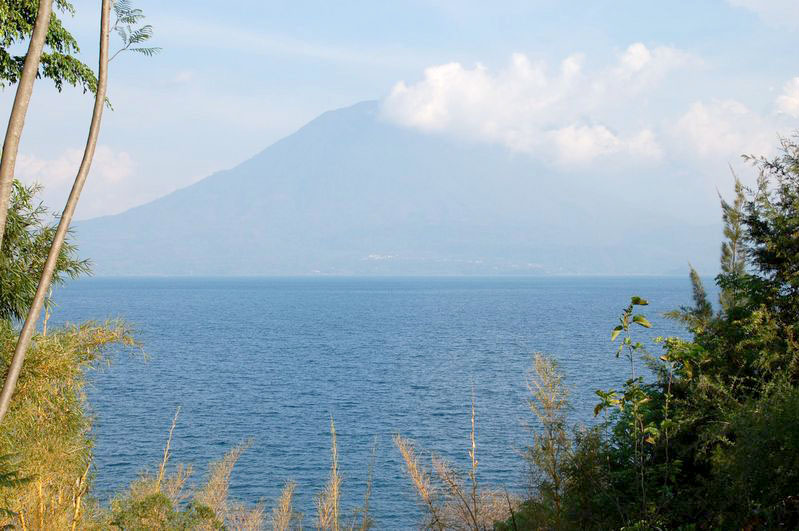
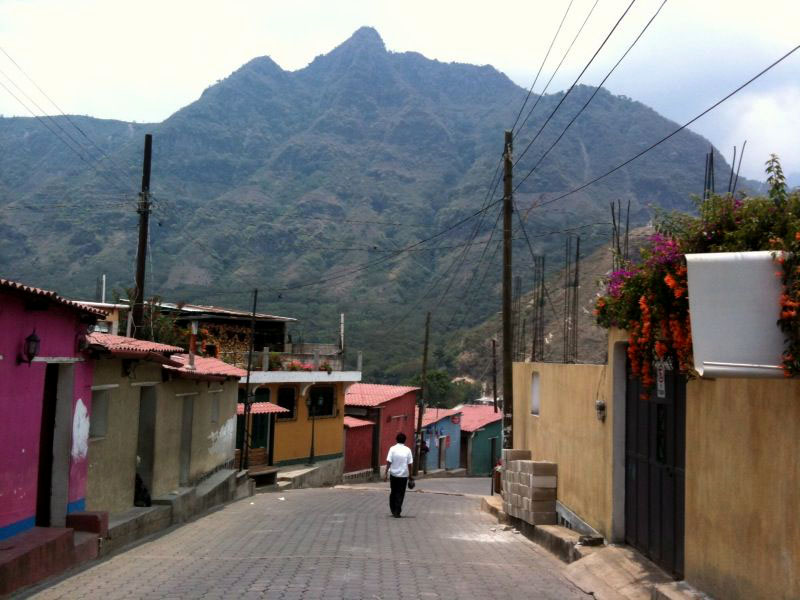
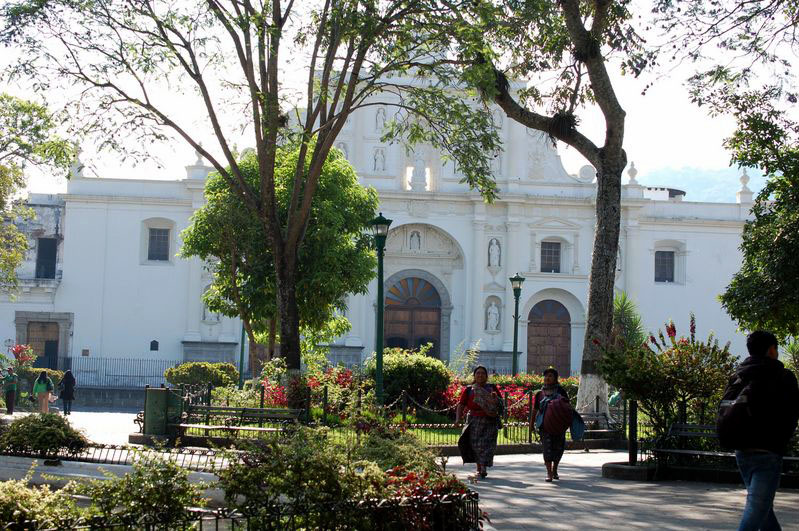
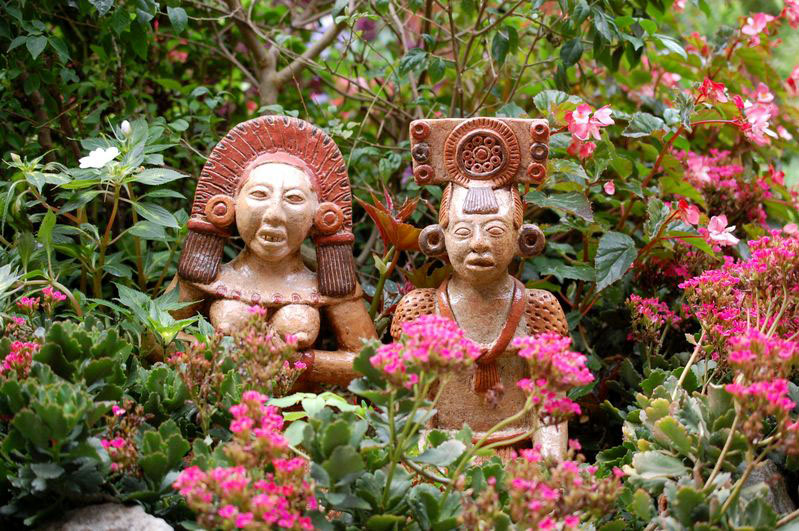
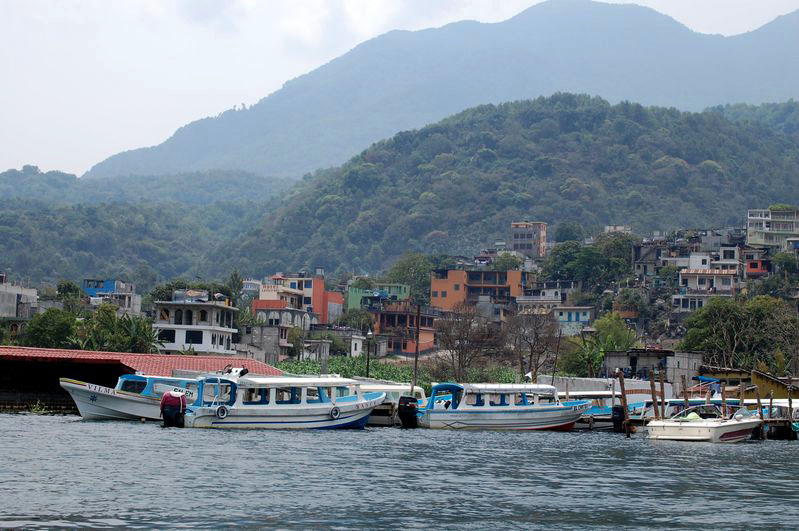
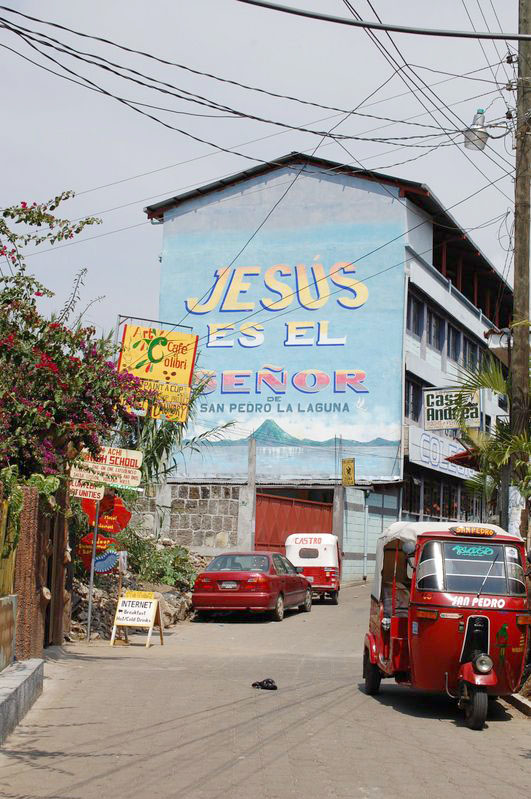
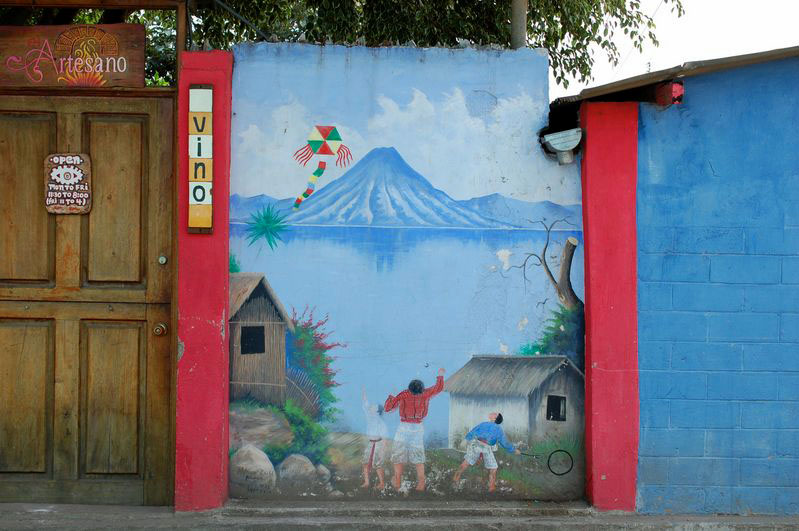
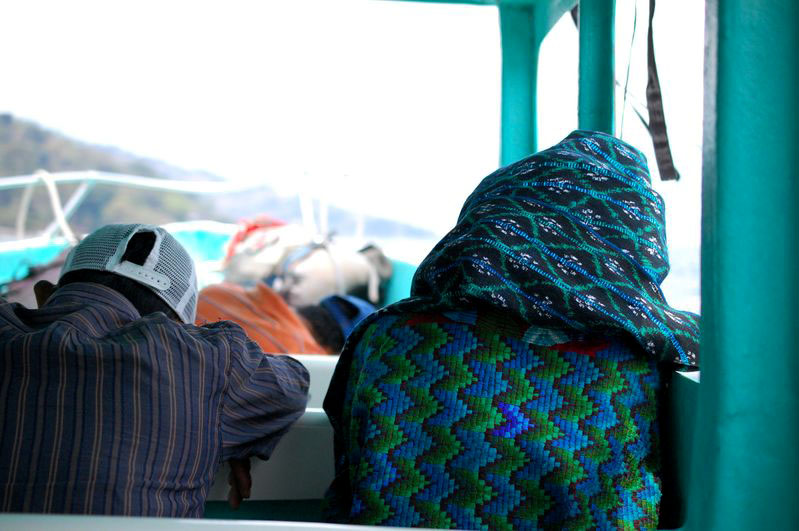
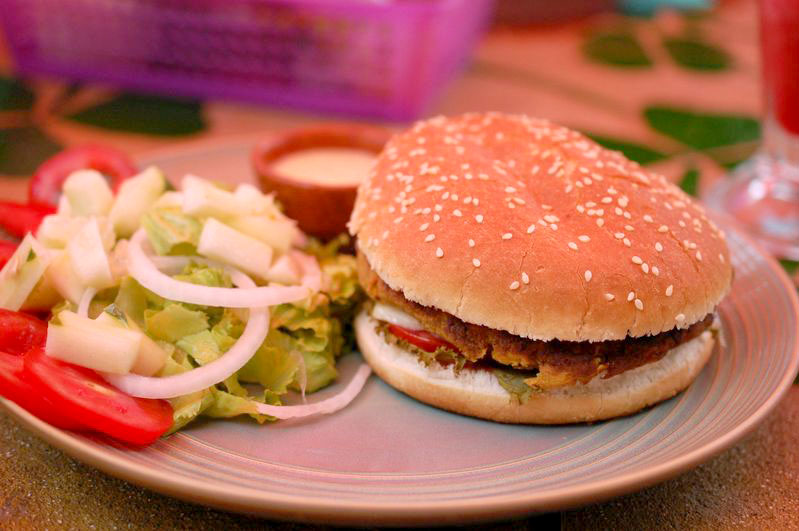
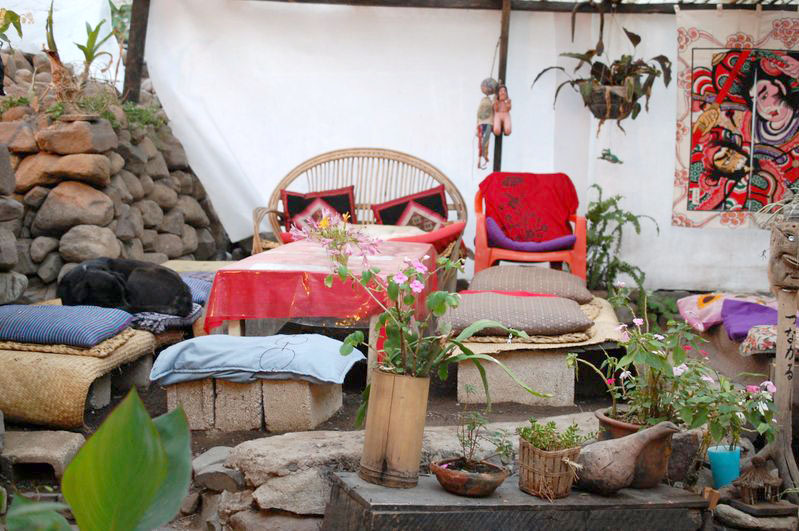
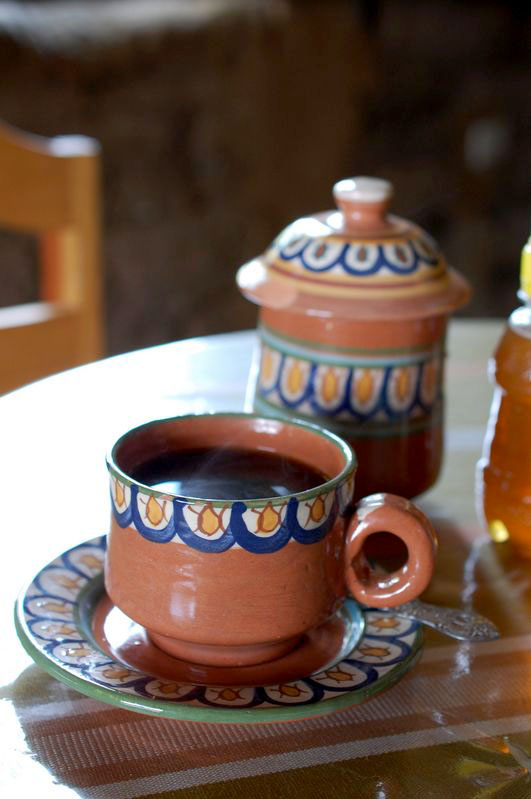
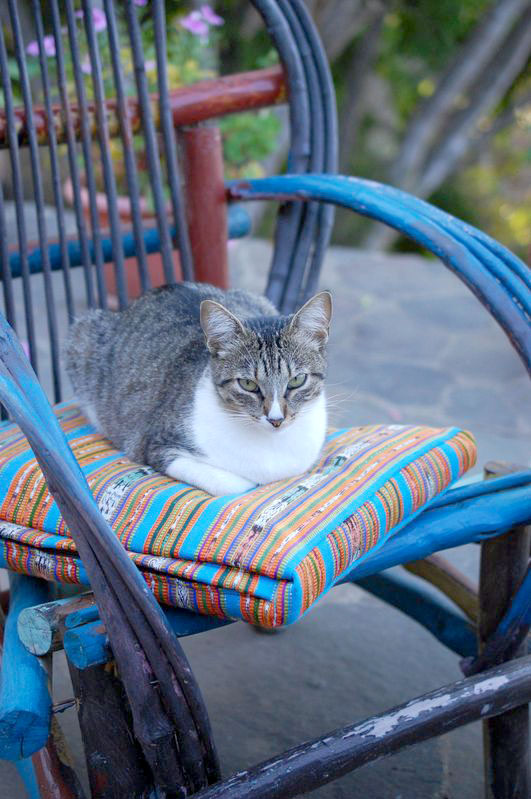


very intrested, retired, looking
Awesome Article. I have shared my experience with you guys. Guatemala has a colorful history and people. Guatemala is a fantastic destination to see first hand the work of the ancient Mayans. If it is lakes and mountains you are interested in, then few days on the shores of Lake Atitlan will be perfect. No visit to Guatemala is complete without a visit to the colourful market of Chichicastenango. Quetzal is the currency used in Guatemala. Population in Guatemala is 12,000,000.
Hi,
I have a quick question about your blog, do you think you could e-mail me?
Jillian
I was searching for a Kolrabi recipe and stumbled upon your website. Thank you for taking me down memory lane! I adjunct at a local university. We took a group of students to Guatemala on a 2 week service learning trip last year. We provided Music Therapy and Occupational Therapy at an orphanage for children and adults living with special needs. We also provided a program for a special school located in a village not too far from Antigua. We took the students zip lining in Atillan. There is something very special about Guatemala. I still think of all of the wonderful people I met. I hope to return for another trip in 2013. Thank you for sharing your adventure!
Great article…feel like I’m there. Makes me want to visit Guatemala, which was never on my travel list before. Very glad I’ve found a new writer to follow.
Dear Rosa,
I have only recently found your wonderful blog via Gourmet Traveller/Australia.
I am a still-life painter of food, mainly fruit and vegetables, especially cabbages ! I’m having an exhibition at Chateau de Villandry June 15th -November 11th 2012. How can I send you an invitation ?
‘Les bijoux d’un jardin aux antipodes’
Charlotte Thodey
Travels are made much more meaningful, when a local is your host or guide! Kudos to you for taking the time out of the daily routine, to experience another culture. I usually come home with a greater appreciation for the simple things us humans have in common.
Great travelogue Rosa, makes me want to visit Guatamala! Happy travels….